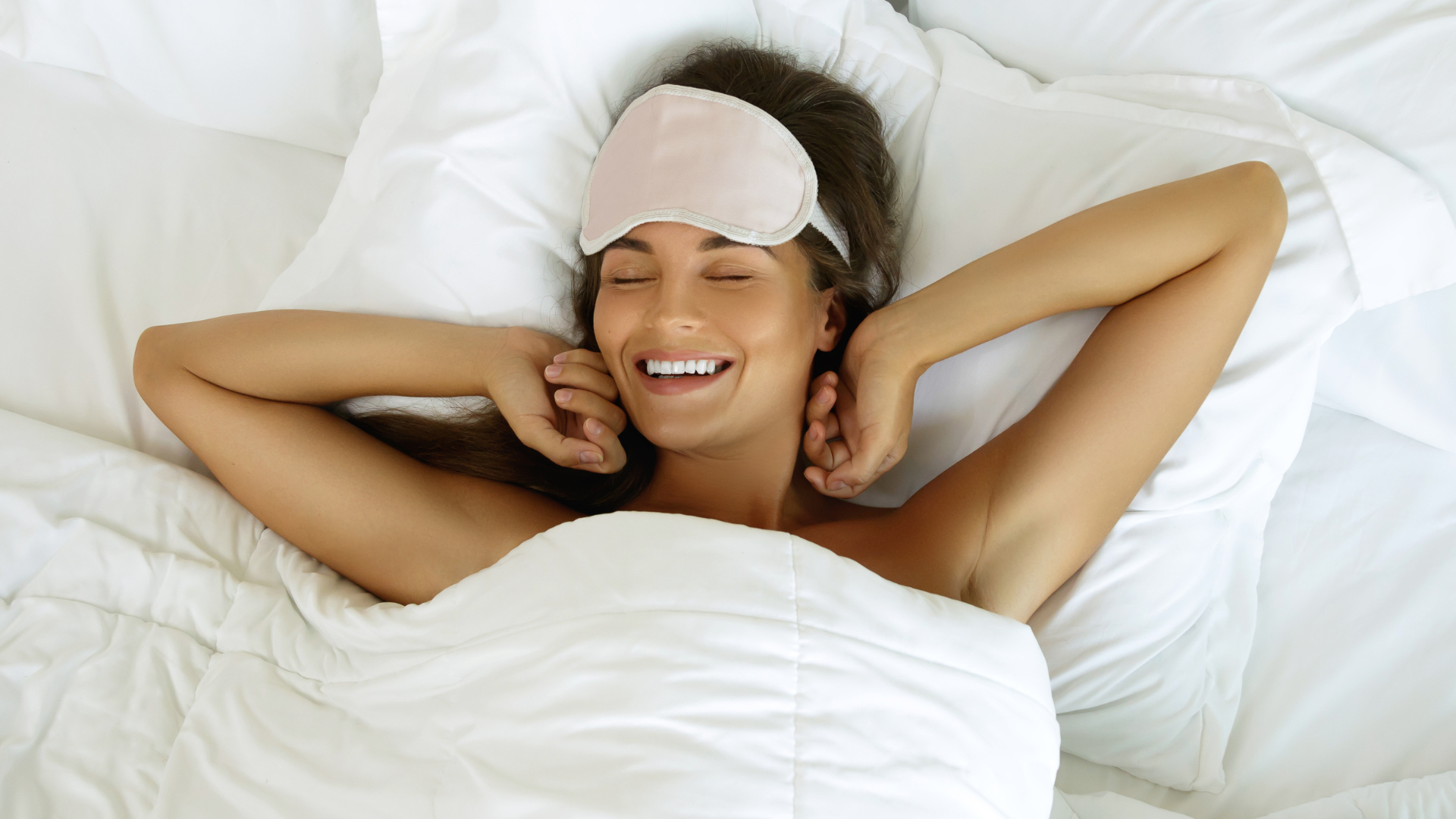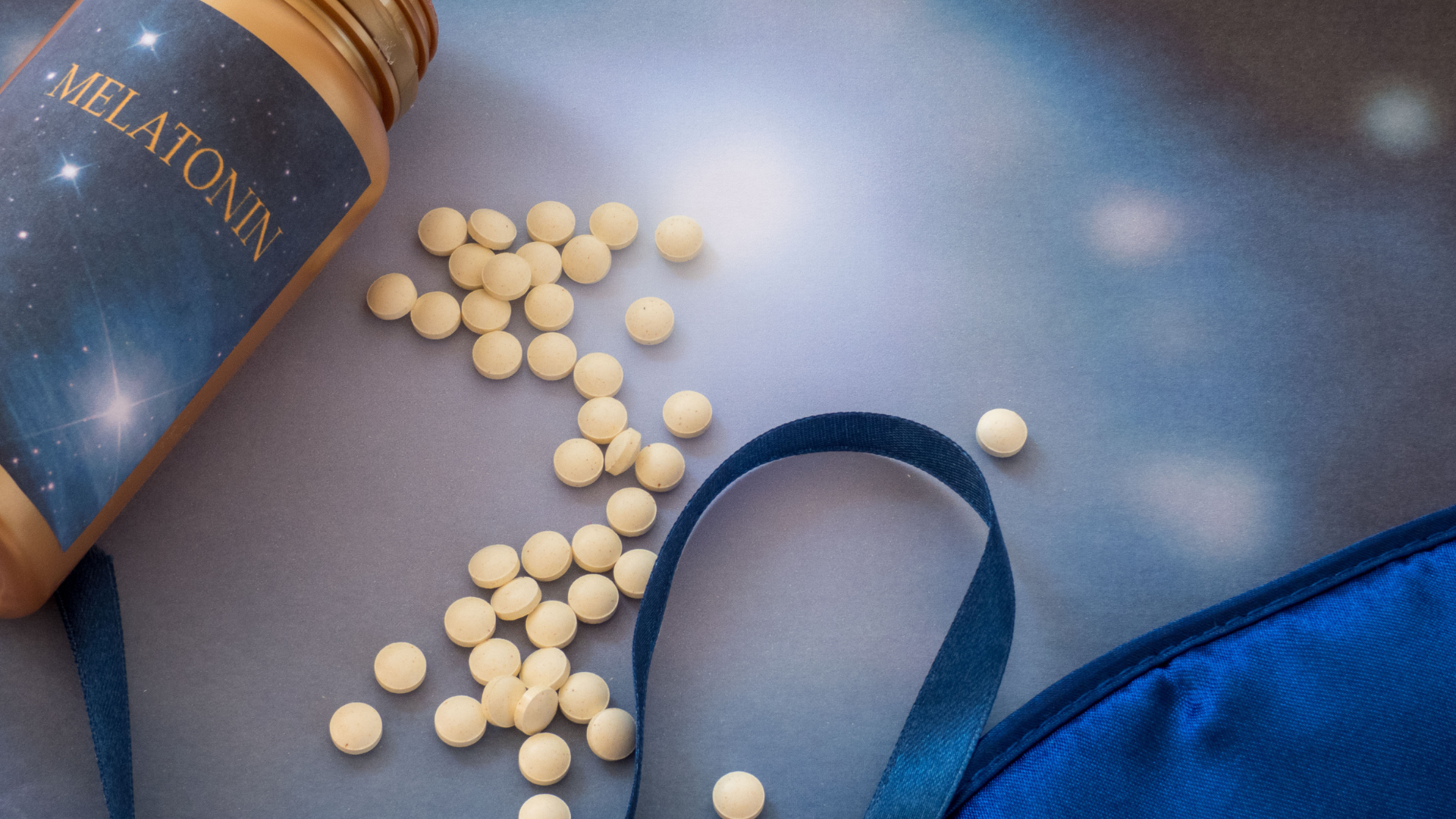Sleep Optimization 101: The Three Levers That Transform Your Rest
Sleep isn’t just a nightly routine—it’s a biological imperative. From emotional regulation and cognitive function to immune resilience and metabolic health, sleep plays a foundational role in nearly every system in the body. Yet despite its profound importance, optimizing sleep remains one of the most overlooked aspects of wellness.
In this blog aritcle, we’re going to dive into the three most powerful, science-backed levers to transform your sleep:
Light exposure
Body temperature
Circadian rhythm alignment
These are not fringe biohacks—they're grounded in decades of clinical research from leading institutions like Harvard, Stanford, and Basel University. If you're new to sleep science or just looking for the next level of optimization, these strategies are accessible, actionable, and immediately impactful.
This article is based on a popular episode of my podcast, Best Night Ever. If you prefer to listen, you can find “Sleep Optimization 101” on all major platforms. But if you're ready to explore the details, let’s begin with the most overlooked yet potent variable: light.
1. Light: The Master Regulator of Your Internal Clock
Your body operates on a circadian rhythm—an approximately 24-hour cycle that governs not just your sleep, but also your hormones, mood, digestion, and more. At the center of this rhythm is the suprachiasmatic nucleus (SCN), a structure in the brain that acts as your internal master clock.
And what’s the primary signal the SCN responds to? Light.
Morning Light: Nature’s Wake-Up Call
Groundbreaking research from Harvard and a 2020 study published in Cell Reports show that exposing your eyes to natural light within 30 to 60 minutes of waking triggers a cascade of beneficial effects:
Increases cortisol (a healthy spike that promotes wakefulness)
Enhances alertness and focus
Starts the 14–16 hour timer for melatonin production later in the evening
Morning light hacks:
Get outside for 10–30 minutes within the first hour of waking—even on overcast days.
If you're indoors or live in a low-light climate, consider a 10,000 lux light therapy box for about 20 minutes.
Skip sunglasses during this time; full-spectrum light needs to hit the retina.
Evening Light: The Silent Saboteur
Artificial light at night—especially blue light from screens—can suppress melatonin production by up to 90 minutes, as shown in a 2019 study in Nature Communications. This delay in melatonin onset makes it harder to fall asleep and degrades sleep quality.
Evening light hacks:
Start dimming lights 90 minutes before bedtime.
Use night mode or apps like f.lux to reduce blue light on devices.
Install amber or red light bulbs in bedrooms and bathrooms.
Wear blue-blocking glasses in the evening.
Consider smart bulbs (e.g. Philips Hue) to mimic sunset tones in your environment.
2. Body Temperature: The Unsung Hero of Deep Sleep
Sleep onset is closely tied to a subtle but important physiological shift: a drop in core body temperature. Your brain associates cooling with the transition into sleep—especially slow-wave sleep, the most restorative phase of the night.
A 2019 meta-analysis in Sleep Medicine Reviews and research from Dr. Matthew Walker’s lab underscore this relationship. Failure to cool adequately can lead to:
Longer time to fall asleep
More fragmented sleep
Reduced deep sleep
Cooling hacks for better sleep:
Keep your bedroom between 60–67°F (15–19°C).
Use cooling sleep systems such as BedJet, Eight Sleep, or ChiliPad.
Take a warm bath or shower 1–2 hours before bed. This causes vasodilation (blood moves to the skin’s surface), which promotes heat loss and lowers core body temperature.
Use breathable, moisture-wicking fabrics like cotton, bamboo, or linen.
Sleep without clothes if it helps your body cool more efficiently.
Pro tip:
Track skin temperature using wearables like the Oura Ring or Whoop Strap to learn how your environment and habits affect your sleep metrics.
3. Circadian Rhythm: Aligning with Your Biological Clock
Your circadian rhythm regulates far more than just your sleep-wake cycle. It influences metabolism, hormone release, immune function, and even mood stability. And when that rhythm is out of sync—due to jet lag, shift work, or inconsistent bedtimes—your body pays the price.
Chronic circadian misalignment is associated with:
Increased inflammation
Metabolic dysfunction
Cognitive fog
Elevated Alzheimer’s risk (as shown in a 2023 JAMA Neurology study)
Hacks to reinforce circadian alignment:
- Stick to a consistent sleep and wake time, even on weekends.
- Eat meals at regular times; your gut has its own circadian rhythm.
- Wind down with low stimulation and low light 90 minutes before bed.
Special note on shift workers:
Use bright light during night shifts to maintain alertness.
Wear sunglasses on the way home to reduce morning light exposure.
Black out your bedroom with curtains to encourage daytime sleep.
Supplements and Sleep Tools: Science-Backed Support
Supplements can be a helpful adjunct to lifestyle strategies—but they should be used thoughtfully.
Melatonin
- Use 0.3 to 1 mg for jet lag or circadian rhythm shifts only.
- Avoid high doses, which can suppress your body's own production.
Magnesium Glycinate
Dose: 200–400 mg
Helps calm the nervous system and promote relaxation.
Glycine
Dose: 3 grams before bed
Shown to reduce core body temperature and enhance deep sleep (Stanford, 2022).
Ashwagandha
May reduce cortisol levels at night, easing stress and promoting restful sleep.
The Ideal Wind-Down Routine
Creating a structured nighttime ritual helps signal to your brain and body that it’s time to transition from activity to rest. Here’s a simple framework:
8:30 p.m. – End work and switch screens to night mode
9:00 p.m. – Take a hot shower or bath; apply magnesium lotion to shoulders and neck
9:30 p.m. – Light stretching, reading, journaling, or breathing exercises (try 4-7-8 breathing: inhale 4s, hold 7s, exhale 8s)
10:00 p.m. – In bed, lights off, room cool and dark, devices out of reach
Final Thoughts: Start Small, Stay Consistent
Sleep optimization isn’t about chasing perfection—it’s about creating small, consistent patterns that your body can trust. Each lever—light, temperature, and circadian alignment—has the power to transform not just your nights, but how you show up in your days.
You don’t need to overhaul everything at once. Start with one change tonight, and let the results guide your next step.
For more daily tips, tools, and insights, follow me on Instagram at @SleepBioHacker. And if you found this guide helpful, please share it or tag me—I'd love to hear what you're trying.
To hear the original conversation, tune into the Best Night Ever podcast, available wherever you get your podcasts.
Sleep well—and have your best night ever.
Disclaimer: This article is for informational purposes only and does not constitute medical advice. Always consult your healthcare provider before making changes to your health or sleep routine.



